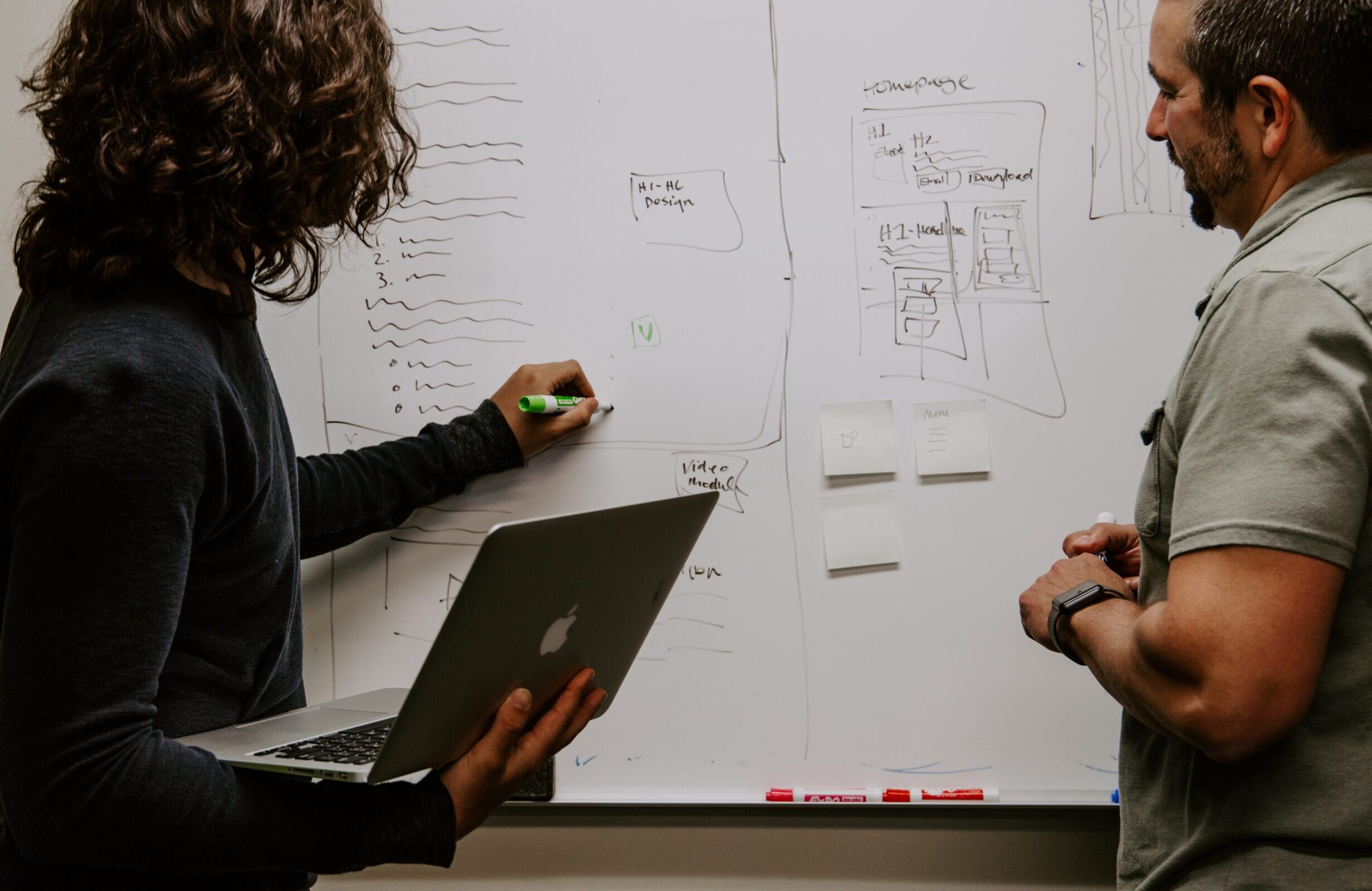Whether you’re a city planner, government official, or a business owner looking to grow your local economy, this step-by-step guide is here to help you navigate the complex world of economic development. From understanding the process and identifying key players to utilizing effective tools and implementing winning strategies, we’ve got you covered. So grab your pen and get ready to unlock the secrets of driving sustainable growth and prosperity in your community. Let’s dive in!
The Process of Economic Development
The process of economic development is a dynamic and multifaceted journey that involves careful planning, collaboration, and implementation. It begins with a comprehensive analysis of the current economic landscape, identifying strengths, weaknesses, opportunities, and threats. This data-driven approach allows stakeholders to gain a deep understanding of the local economy’s potential for growth.
Once an accurate assessment has been made, the next step is to set clear goals and objectives. These should be aligned with the community’s vision for progress and prosperity. Whether it’s attracting new businesses or fostering entrepreneurship within existing industries, each goal should contribute to long-term sustainable development.

After establishing goals, it’s time to develop strategic initiatives aimed at achieving them. This may involve creating incentives for investment or implementing policies that promote innovation and competitiveness. Collaboration among various stakeholders such as government agencies, business leaders, educational institutions, and community organizations is crucial during this stage.
Implementation is where plans come to life. It requires effective project management skills and resource allocation to ensure successful execution of strategies. Monitoring progress regularly enables stakeholders to make adjustments as needed while staying on track towards their desired outcomes.
In summary – sorry about breaking my promise here – the process of economic development encompasses thorough analysis followed by goal-setting, strategic planning involving multiple stakeholders along with efficient implementation techniques.
The Players in Economic Development
When it comes to economic development, there are various players involved, each with their own unique role and responsibilities. These players work together to create an environment conducive for growth and prosperity.

We have the government at various levels – local, regional, and national. The government plays a crucial role in setting policies and regulations that promote economic development. They provide infrastructure such as roads, utilities, and public transportation systems that attract businesses and investment.
Another key player is the private sector which includes businesses of all sizes – from small startups to large corporations. These entities drive innovation, create job opportunities, and contribute to the overall economic growth of a region or country.
In addition to the government and private sector, non-profit organizations also play a significant role in economic development. These organizations focus on specific areas such as education or community development. They collaborate with other players to address social issues that may hinder progress.
Furthermore, educational institutions are essential players in economic development. They produce skilled workers who meet the demands of industries while conducting research that drives innovation forward.
Last but not least are the residents themselves – individuals who make up the workforce within a community or region. Their skills, talents, and entrepreneurial spirit contribute directly to economic growth by starting their own businesses or working for existing ones.
The Tools of Economic Development
In the world of economic development, having the right tools can make all the difference. These tools are essential for attracting businesses, creating jobs, and fostering growth in a community or region. So what are these tools exactly? Let’s take a closer look.
One tool that is often utilized in economic development is tax incentives. These can include things like tax breaks or credits for businesses that choose to invest in a particular area. By offering these incentives, communities can entice companies to set up shop and bring much-needed jobs and revenue with them.
Another important tool is infrastructure investment. This includes building and maintaining roads, bridges, utilities, and other necessary infrastructure to support business growth. A well-developed infrastructure not only helps attract new businesses but also improves quality of life for residents.
Workforce development programs are also crucial tools in economic development efforts. These programs focus on training and educating workers to meet the needs of local industries. By ensuring that there is a skilled workforce available, communities become more attractive to businesses looking to expand or relocate.
Collaboration between public and private entities is yet another tool that drives economic development success. When government agencies work hand-in-hand with businesses and community organizations, they can create an environment conducive to growth by aligning resources and priorities.
Access to capital is vital for entrepreneurs looking to start or grow their businesses. Therefore, providing financial assistance through grants or loans can be an effective tool in promoting economic development at both the local and regional levels.
Lastly – although this list could go on – technological advancements cannot be overlooked as powerful tools for driving economic growth. Embracing innovation through research institutions or technology hubs creates opportunities for high-tech industries while spurring job creation within those sectors.
In conclusion (oops!), having access to a diverse array of tools allows communities and regions alike to effectively promote economic prosperity.
Economic Development Strategies
Developing a successful economic development strategy requires careful planning, collaboration, and implementation. Here are some effective strategies that can drive long-term economic growth:
1. Diversification: Encouraging diversification of industries can help mitigate the risks associated with over-reliance on a single sector. By attracting various businesses and fostering entrepreneurship, communities can create a resilient economy.
2. Infrastructure Investment: Investing in critical infrastructure such as transportation networks, broadband connectivity, and utility systems is essential for attracting businesses and supporting their growth. Strong infrastructure also enhances the quality of life for residents.
3. Workforce Development: A skilled workforce is crucial to attract businesses and promote economic growth. By partnering with educational institutions and offering training programs, communities can ensure that their workforce meets the demands of emerging industries.
4. Business Retention and Expansion: Supporting existing businesses is just as important as attracting new ones. Economic development agencies should work closely with local companies to understand their needs, address challenges, and facilitate expansion opportunities.
5. Innovation and Technology: Embracing innovation and technology-driven initiatives can spur economic development by attracting startups or encouraging established companies to adopt cutting-edge practices.
6. Tourism Promotion: Leveraging unique cultural assets or natural wonders through tourism promotion can not only generate revenue but also create jobs within the hospitality industry while showcasing the community’s distinct character.
7. Collaboration between Public-Private Sectors: Successful economic development relies on strong partnerships between government entities, private corporations, academic institutions, nonprofit organizations, community leaders – everyone has a role to play!
The process of economic development involves multiple players working together using various tools to achieve sustainable growth in cities or regions worldwide! Communities need well-crafted strategies tailored to their specific strengths while addressing any weaknesses they may have! With careful planning,
investment in necessary infrastructure, a focus on developing an adaptable labor force, supporting local businesses, fostering innovation and promoting tourism, communities can set themselves up for success in the ever-changing.
